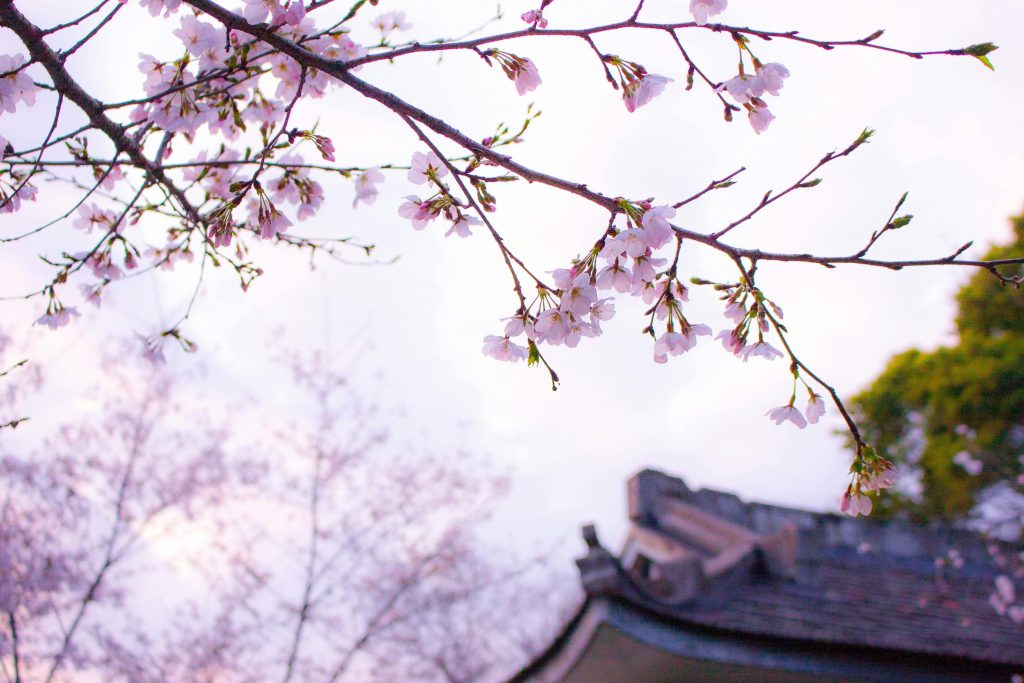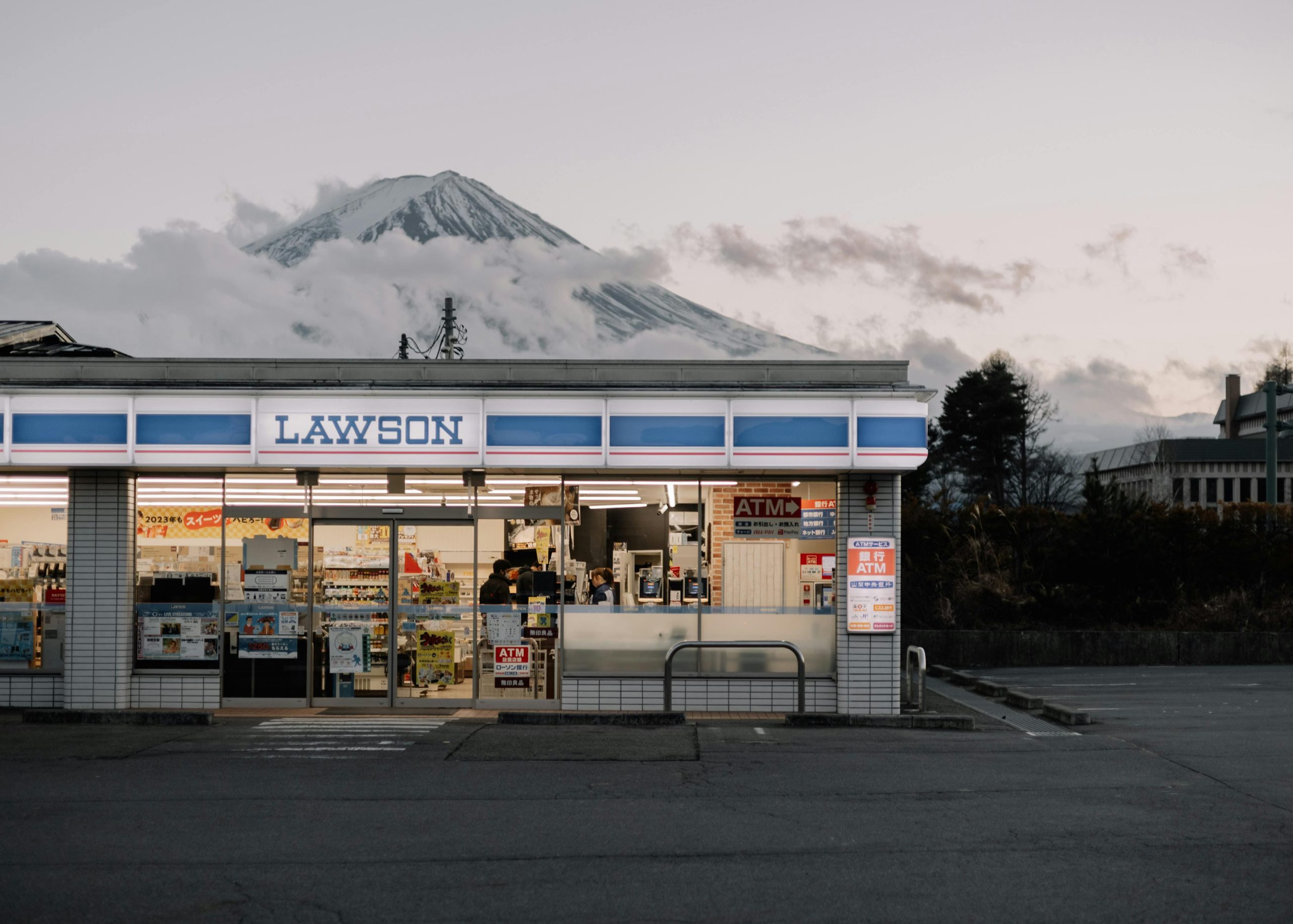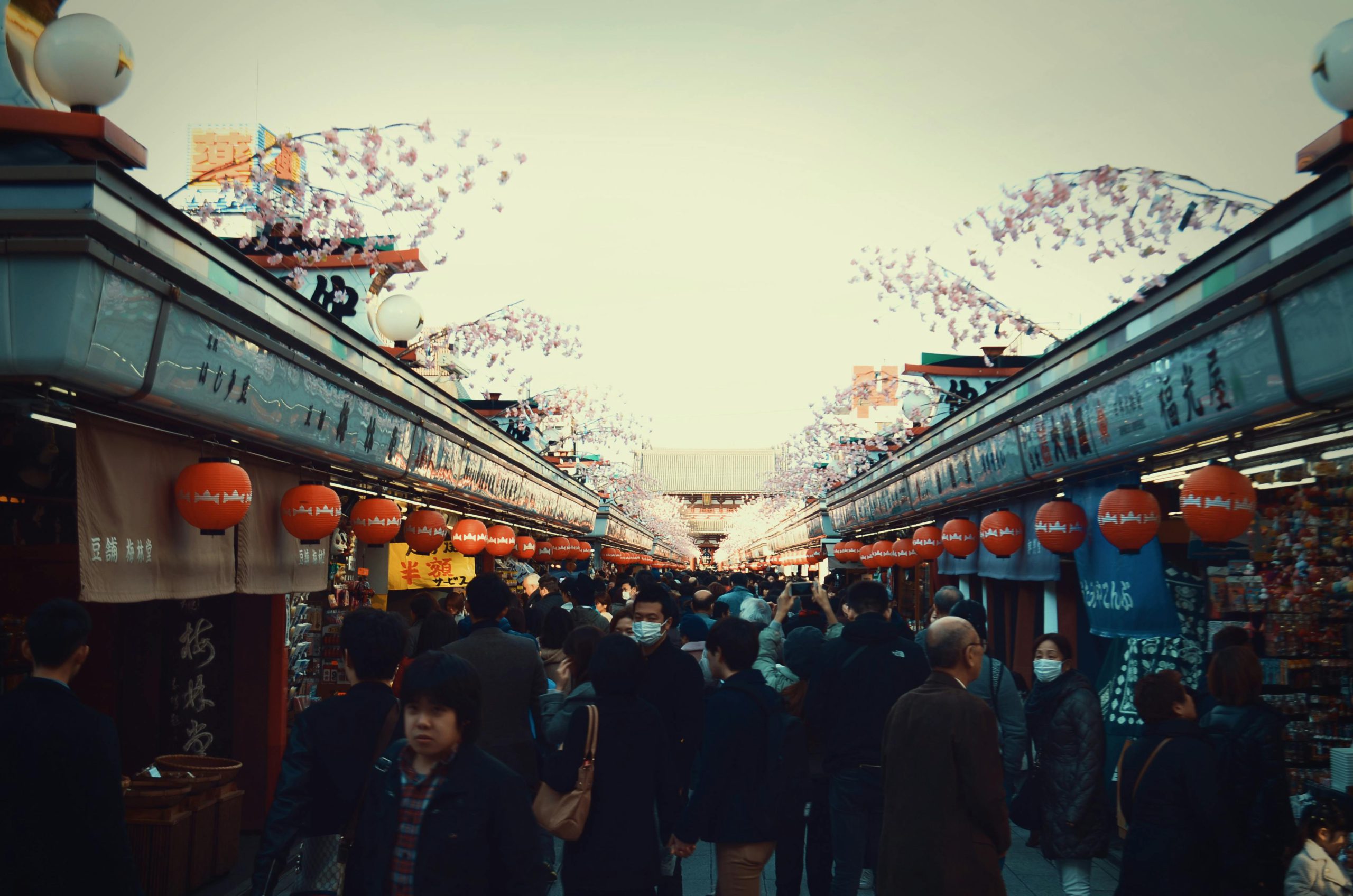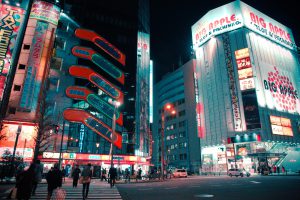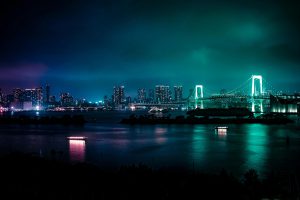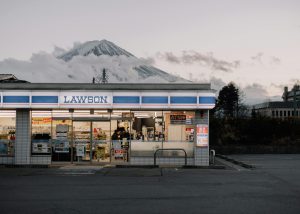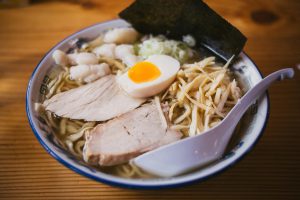Japan is a country that offers spectacular experiences all year round. From breathtaking cherry blossoms in spring to vibrant autumn leaves and serene winter snowscapes, every season paints Japan in a different light. However, depending on your travel style, preferences, and the regions you want to visit, some seasons might suit you better than others.
In this guide, we’ll break down each season’s highlights, advantages, and travel tips so you can decide when is the best time for your perfect sightseeing trip to Japan. Let’s dive into the magic of Japan’s four seasons!
Spring (March – May)

Overview
Spring is arguably the most famous and celebrated season for tourists visiting Japan, especially due to the cherry blossom (sakura) season.
Highlights
- Cherry Blossoms: Late March to early April is prime time for hanami (cherry blossom viewing) in most major cities like Tokyo, Kyoto, and Osaka.
- Mild Weather: Pleasant temperatures (around 10–20°C / 50–68°F) make outdoor sightseeing comfortable.
- Festivals: Events like the Takayama Spring Festival and Kyoto’s Aoi Matsuri offer beautiful cultural experiences.
- Strawberry Picking: Enjoy sweet, juicy strawberries at farms across Japan.
Popular Destinations
- Tokyo: Ueno Park and Shinjuku Gyoen for hanami.
- Kyoto: Philosopher’s Path and Maruyama Park.
- Hiroshima: Peace Park and Miyajima Island.
Travel Tips
- Book accommodations early. Cherry blossom season is one of the busiest periods.
- Expect higher airfare and hotel prices.
- Bring layers: mornings and evenings can still be chilly.
Pros
- Iconic cherry blossoms
- Comfortable weather
- Vibrant festivals
Cons
- Crowded tourist spots
- Higher travel costs
Summer (June – August)

Overview
Summer in Japan can be hot and humid, but it also brings vibrant festivals, fireworks, and lush natural beauty.
Highlights
- Matsuri (Festivals): Gion Matsuri in Kyoto, Nebuta Matsuri in Aomori, and Tenjin Matsuri in Osaka.
- Fireworks (Hanabi): Massive firework displays like Sumidagawa Fireworks Festival in Tokyo.
- Mountain Escapes: Cool down in places like Hokkaido or the Japanese Alps.
- Beach Holidays: Okinawa’s white sand beaches and crystal-clear waters.
Popular Destinations
- Kyoto: Gion Matsuri
- Aomori: Nebuta Festival
- Hokkaido: Flower fields in Furano and Biei
- Okinawa: Stunning beaches and coral reefs
Travel Tips
- Pack light clothing, a hat, and sunscreen.
- Stay hydrated; temperatures often exceed 30°C (86°F).
- June is the rainy season (tsuyu) in much of Japan — bring an umbrella or raincoat.
Pros
- Incredible festivals and fireworks
- Great for beach and outdoor lovers
- Longer daylight hours
Cons
- Hot and humid weather
- Risk of typhoons, especially in August
Autumn (September – November)

Overview
Autumn is another prime season for sightseeing, famous for its stunning koyo (autumn foliage).
Highlights
- Colorful Leaves: Maple trees turn fiery red and yellow, creating breathtaking landscapes.
- Pleasant Weather: Comfortable temperatures (15–25°C / 59–77°F) perfect for walking tours.
- Seasonal Foods: Chestnuts, mushrooms, and sweet potatoes dominate menus.
- Cultural Festivals: Kyoto’s Jidai Matsuri (Festival of the Ages).
Popular Destinations
- Nikko: Brilliant foliage near Toshogu Shrine.
- Kyoto: Arashiyama, Kiyomizudera, and Tofukuji.
- Hakone: Lakes and mountains blanketed in autumn colors.
Travel Tips
- Best foliage usually appears from mid-November in Kyoto and Tokyo.
- Northern regions like Hokkaido start turning color as early as late September.
- Book accommodation in advance for popular foliage spots.
Pros
- Spectacular scenery
- Comfortable temperatures
- Less humidity
Cons
- Still potential for typhoons in early September
- Crowds during peak foliage weeks
Winter (December – February)

Overview
Winter in Japan is cold but magical, offering unique experiences such as snow festivals, hot springs, and winter sports.
Highlights
- Snow Festivals: Sapporo Snow Festival features massive ice sculptures.
- Onsen (Hot Springs): Relax in hot baths surrounded by snow, especially in areas like Hakone and Kusatsu.
- Skiing and Snowboarding: World-class powder snow in Hokkaido and Nagano.
- Illuminations: Stunning winter light displays across Japan, especially in Tokyo, Kobe, and Osaka.
Popular Destinations
- Sapporo: Snow festival and winter sports.
- Nagano: Ski resorts like Hakuba.
- Yuzawa: Easily accessible ski area from Tokyo.
- Hakone: Hot springs and views of Mount Fuji.
Travel Tips
- Bundle up: temperatures can drop below 0°C (32°F) in many areas.
- Winter sales in January offer good shopping deals.
- Check for road closures in snowy areas.
Pros
- Beautiful snowscapes
- Relaxing hot springs
- Fewer tourists (except at ski resorts)
Cons
- Cold weather
- Shorter daylight hours
Regional Variations
Japan’s seasons can vary significantly by region:
- Hokkaido: Cooler summers and extremely snowy winters.
- Tokyo/Kyoto/Osaka: Classic four-season cycle.
- Okinawa: Subtropical climate; warm even in winter.
If you’re seeking cherry blossoms in March but miss the Tokyo bloom, head north to Hirosaki in Aomori Prefecture where sakura bloom later!
Month-by-Month Summary
| Month | Season | Highlights |
|---|---|---|
| January | Winter | Snow festivals, skiing |
| February | Winter | Onsen trips, winter illuminations |
| March | Early Spring | Plum blossoms, early cherry blossoms |
| April | Spring | Full cherry blossom bloom |
| May | Late Spring | Golden Week holidays, greenery |
| June | Early Summer | Rainy season begins |
| July | Summer | Festivals, fireworks, beaches |
| August | Summer | Obon holidays, peak summer heat |
| September | Early Autumn | Typhoon season, beginning foliage in Hokkaido |
| October | Autumn | Peak autumn leaves in northern Japan |
| November | Autumn | Peak autumn leaves in central Japan |
| December | Early Winter | Christmas illuminations, ski season starts |
FAQ
When is the absolute best month to visit Japan?
Most travelers choose April (cherry blossoms) or November (autumn leaves) for the best natural beauty and pleasant weather.
Is summer a bad time to visit Japan?
Not at all! If you can handle the heat and humidity, summer festivals, fireworks, and beach trips can be unforgettable.
What about Golden Week?
Golden Week (late April to early May) is a series of national holidays. It’s festive but extremely crowded and expensive. Plan carefully!
When can I see snow in Japan?
December to February is ideal, but the best snowfalls for skiing are usually in January and February.
When is Japan least crowded?
Late May, early December, and mid-January are generally quieter travel periods.
Conclusion
There is no single “best” season to visit Japan — it depends entirely on what you want to experience:
- For cherry blossoms and mild weather: Visit in spring (March–April).
- For festivals, fireworks, and beaches: Choose summer (July–August).
- For stunning autumn leaves and comfortable sightseeing: Go in autumn (October–November).
- For snow, skiing, and hot springs: Embrace winter (December–February).
Whatever season you choose, Japan promises unforgettable memories filled with natural beauty, cultural richness, and incredible hospitality.
Happy planning, and we hope you fall in love with every moment of your journey!












